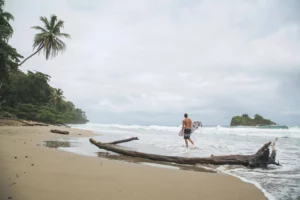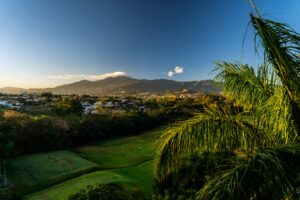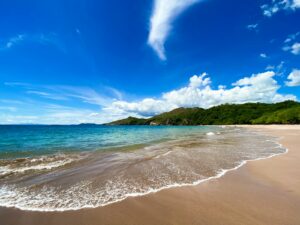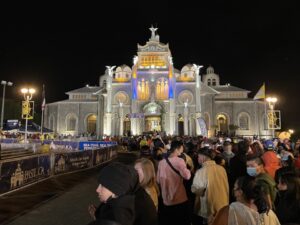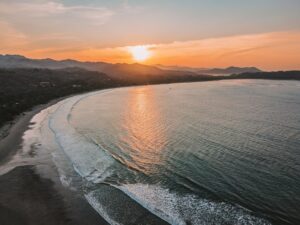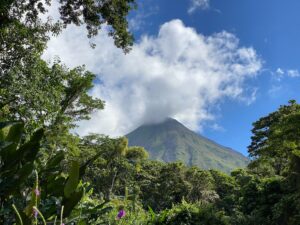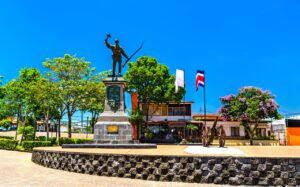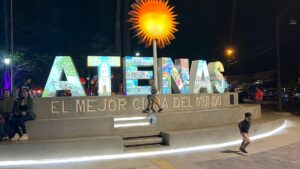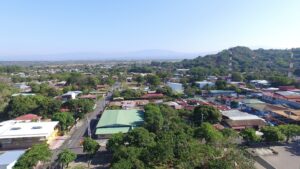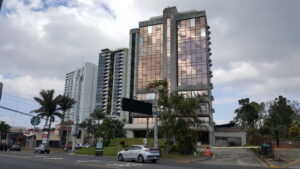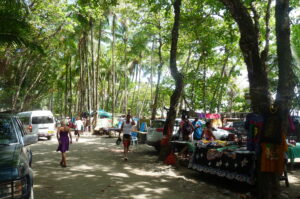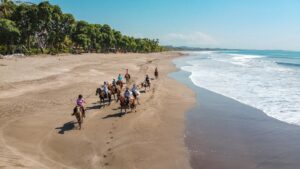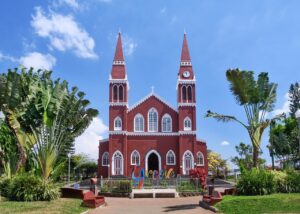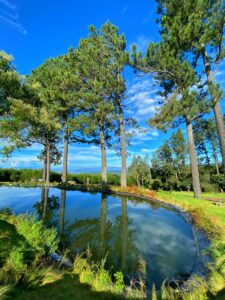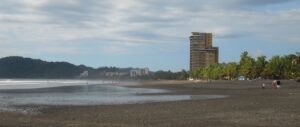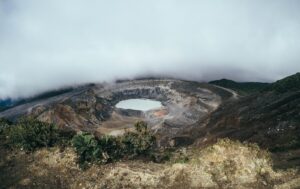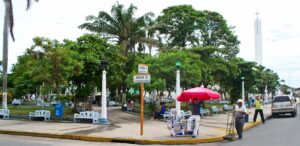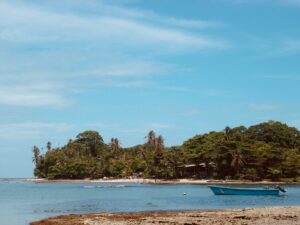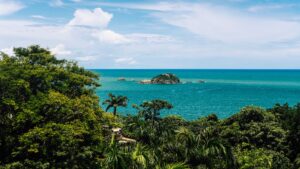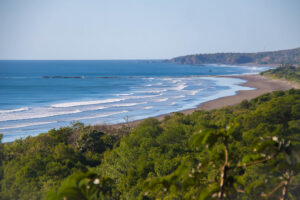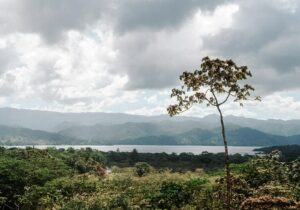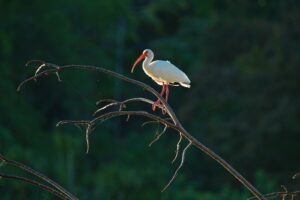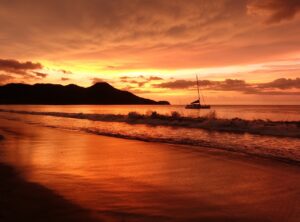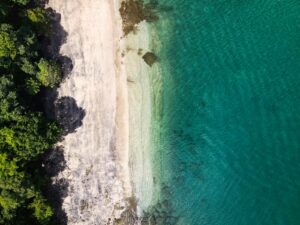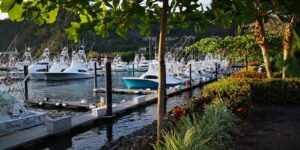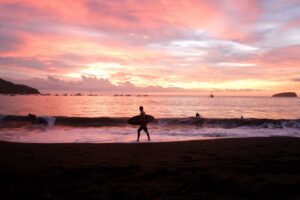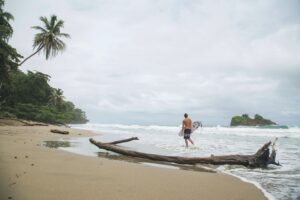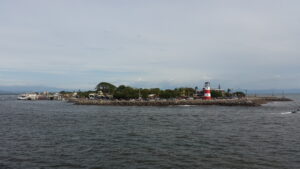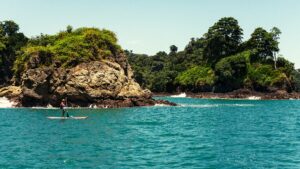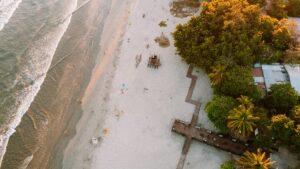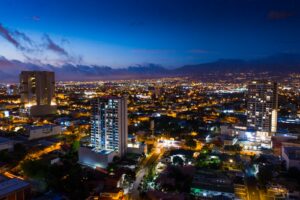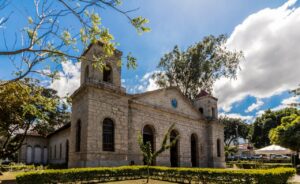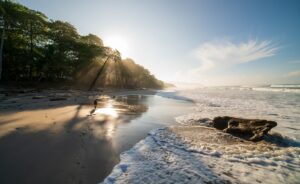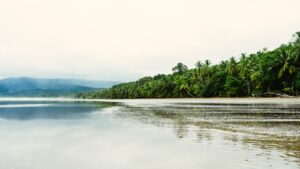Costa Rica
Overview
Provinces
Costa Rica is divided into seven provinces, each with a unique personality, climate, landscapes, attractions, industry, agricultural products, and ways of life. Across the country, one unifying element is the spirit of Pura Vida and hospitality that is fundamental to Costa Ricans.
- Central Valley: Alajuela, Cartago, Heredia, San José
- Pacific Coast: Guanacaste, Puntarenas (often referred to as Northern and Southern Puntarenas)
- Caribbean Coast: Limón
- The Nicoya Peninsula is part of both Guanacaste and Puntarenas but is often considered a separate region.
Each province has a capital city and is further divided into cantons, districts, towns, and neighborhoods.
Geography
Costa Rica is located in Central America, bordered by Nicaragua to the north, the Caribbean Sea to the northeast, Panama to the southeast, the Pacific Ocean to the southwest, and has a maritime border with Ecuador to the south of Cocos Island. At its narrowest point, the distance between the Pacific and the Caribbean is approximately 120 km (75 miles).
The country’s highest peak is Cerro Chirripó, standing at 3,819 meters (12,530 ft) above sea level. The Irazú Volcano, with a height of 3,431 meters (11,257 ft), is the highest volcano in Costa Rica, while Lake Arenal is the largest lake in the country. Costa Rica has 14 known volcanoes, and six of them have been active in the last 75 years.
The Central Valley, also known as the Valle Central, is divided into two parts by the continental divide. The western sector forms part of the basin of the Grande de Tárcoles River, which flows into the Pacific, while the eastern part is drained by the Reventazón River, which flows into the Caribbean. Another significant valley, the Valle del General, is situated at the base of the Cordillera de Talamanca in the southern part of the country.
Climate
Climate Zone: Tropical & Subtropical
“In Costa Rica, as in all equatorial countries, there is a tropical climate. Unlike in Europe or the USA, there is almost no difference between the seasons. The daylight hours vary little, and the temperature differences between summer and winter are also lower. Depending on the season, the average daytime temperatures range between 28 °C & 30 °C (82 °F & 86 °F). In some parts of the country, the temperature rises to 31 °C (88 °F). In the colder months, and depending in the region, the temperature drops to 19 °C (66 °CF) in a month’s average.
High humidity and hot temperatures make the weather in Costa Rica pleasant at times but also tropical humid. It is warm to hot all year round, inviting bathing at average water temperatures of 28 °C (82 °F). The warmest and rainiest part of the country is Limón. The coldest is Alajuela. Due to less rain, the best time for traveling is from December to April. Most precipitation falls from May to October.” (source)
And fun fact: Costa Rica has all but two of the Earth’s climates (tundra and desert).
Biodiversity / Conservation
Costa Rica is the most-visited nation in the Central American region. Here are a few pieces of information you may not know:
With the small country home to five percent of the world’s land-based biodiversity and 3.5 percent of its marine life, Costa Ricans take pride in living among and preserving their country’s rich environment. The National System of Conservation Areas in Costa Rica ensures the protection of this natural treasure, with a total of 25 percent of the national territory preserved for conservation purposes.. The National System of Conservation Areas in Costa Rica ensures the protection of this natural treasure, with a total of 25 percent of the national territory preserved for conservation purposes.
- 28 National Parks (623,771 Hectares – 12.2% of the country’s territory)
- 11 Forest Reserves (227,834 Hectares – 4.5% of the country’s territory)
- 58 Wildlife Refuges (180,035 Hectares – 3.5% of the country’s territory)
- 32 Protected Zones (155,817 Hectares – 3% of the country’s territory)
- 15 Wetlands/Mangroves (77,869 Hectares – 1.5% of the country’s territory)
- 8 Biological Reserves (21,674 Hectares – 0.4% of the country’s territory)
Some other interesting National Park facts:
- Largest Park: La Amistad International Park, 1991 km²
- Smallest Park: Manuel Antonio National Park, 16 km²
- First Fark Founded: Poás Volcano National Park
- Most Visited Park: also Poás Volcano National Park
- Park with all four Costa Rican Monkey Species: Corcovado National Park with is home to the white-headed capuchin, the mantled howler, the Geoffroy’s spider monkey (an endangered species) and the Central American squirrel monkey, found only on the Pacific coast of Costa Rica and a small part of Panama
By 1987, Costa Rica had lost almost half of its forest cover to deforestation. However, the government-led initiatives implemented helped turn this around, making Costa Rica the first tropical country to have successfully stopped and reversed deforestation. The country’s reforestation efforts have been so successful that they have been recognized with several awards, including the Earthshot Prize (an award created by Prince William to recognize innovations and solutions for saving the planet) and the United Nations Champion of the Earth award in 2019. Despite these achievements, Costa Rica is currently facing conflicts with indigenous communities who claim that the lands have not been returned to their stewardship as previously agreed upon. Unfortunately, this conflict has escalated to violence at times.
Costa Rica is home to four UNESCO World Heritage Sites, including the Precolumbian Chiefdom Settlements with Stone Spheres of the Diquis, Cocos Island National Park, La Amistad National Park, and Area de Conservacion Guanacaste. These cherished locations boast unique climate zones and are home to natural treasures, including rare fauna and flora that are considered invaluable to Costa Rica.
Health
Costa Rica has consistently ranked at the top or near the top of the Happy Planet Index (HPI) and the UN’s World Happiness Report for many years. The country has been regarded as one of the happiest in Latin America and the Western Hemisphere, thanks to various factors such as long life expectancy, a close-knit and caring population, a high level of social services, and relatively low corruption rates.
The Nicoya Peninsula is one of the world’s five Blue Zone regions — a location where the highest percentage of the population lives to be 100 years old, longer than the world average. The other four zones are Okinawa, Japan; Sardinia, Italy; Ikaria, Greece, and Loma Linda, California
Costa Rica stands out as a Latin American country that boasts almost complete and universal healthcare coverage, thanks to the Caja Costarricense de Seguro Social (CCSS) in the public sector, which also offers private healthcare options. Although tourists are not eligible to access the CCSS system, they can still access a wide range of private healthcare services. Meanwhile, expats holding valid visas who contribute to the Caja system can make use of public healthcare services.
Costa Rica has become a popular destination for medical tourism among Latin American countries. In 2006, the country received 150,000 foreigners who came for medical treatment. Costa Rica is particularly appealing to Americans due to its geographic proximity, high-quality medical services, and lower medical costs compared to the United States.
Government / Economy
In 1949 Costa Rica permanently abolished its army, becoming one of only a few sovereign nations without a standing army.
While agriculture is still an important segment of Costa Rica’s economy, the country today enjoys a diversified economy which includes various sectors such as finance, corporate services for foreign companies, pharmaceuticals, and ecotourism. Numerous foreign manufacturing and service companies operate in the country’s Free Trade Zones (FTZ), where they enjoy investment and tax incentives.
Costa Rica is a pioneer in sustainability, producing 98 percent of its electricity from renewable energy resources and designating 30 percent of its territory as protected natural land. The country’s commitment to sustainability has made it a model for many industries in the region and around the world, showcasing innovative and effective practices for creating a sustainable future. Renewable energy sources include hydroelectricity, geothermal power, wind power, solar power, and biomass processing.
Costa Rica’s name, which means “Rich Coast,” was given by Christopher Columbus when he arrived on the Caribbean coast off Limón. Columbus’s son reported seeing loads of jewels and natives with gold draped around their necks, leading to the nickname “La Costa Rica” or “the rich coast.”
Most foreign nationals do not require an entry visa to Costa Rica. However, they must have a current valid passport and a return ticket to exit Costa Rica within 90 days. This timeframe classifies their trip as being under a Tourist Visa. Other popular temporary visas for those coming to the country include:
- Digital Nomad Visa
- Pensionado Residency (retirees)
- Rentista Residency (renters)
- Inversionista Residency (those investing $150,000 or more in the country – usually through home and auto purchases)
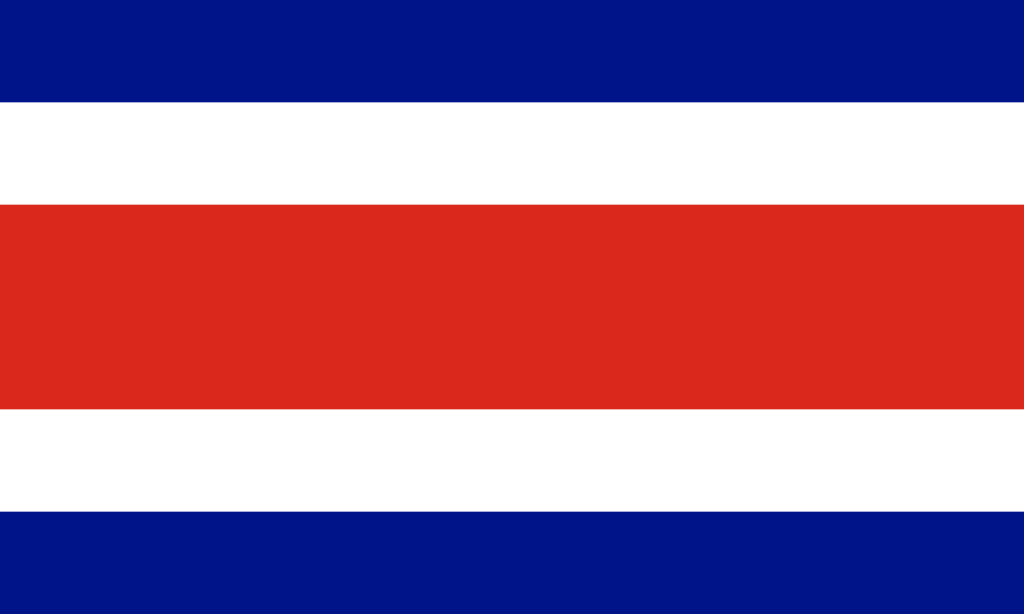
Flag
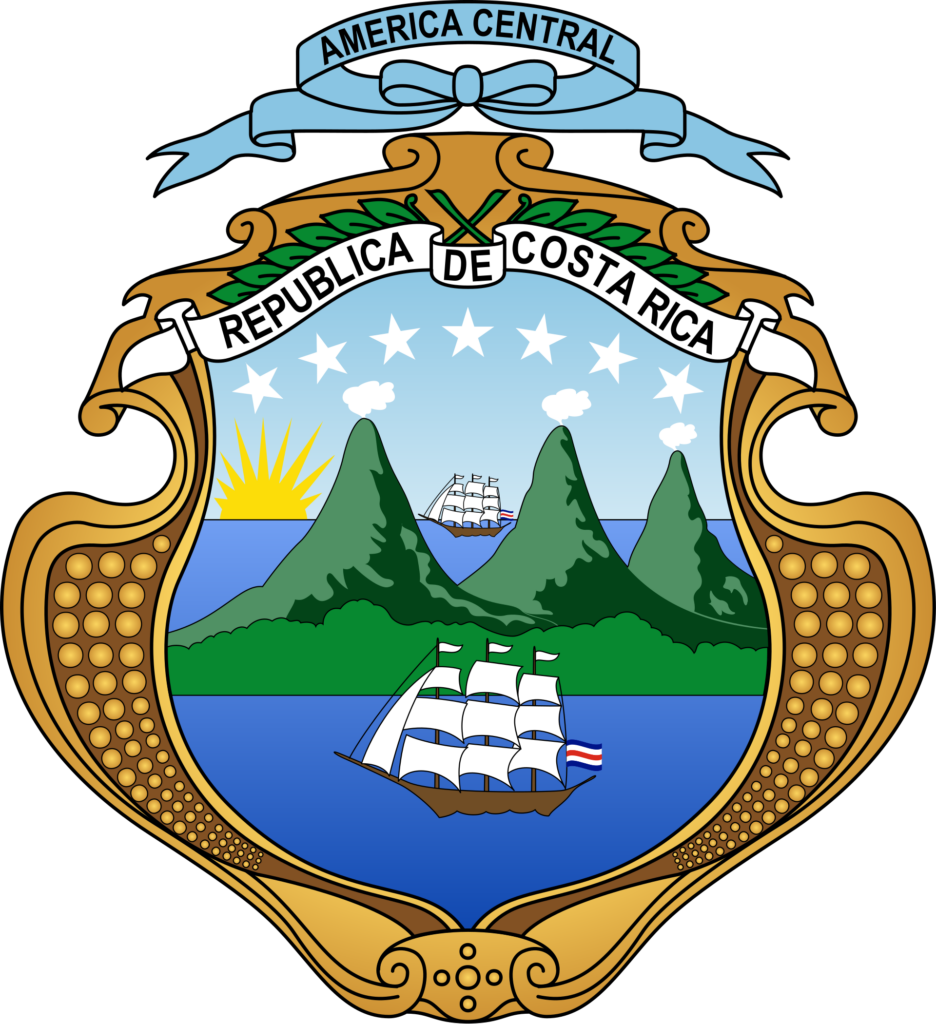
Coat of Arms
National Anthem
Statistics
Capital City: San José
Largest City: San José
Area: 51,100 km²
Population: 5,256,612 (2023 estimate)
President: Rodrigo Chaves Robles
Government: Presidential Republic
Currency: Costa Rican Colón
Time Zone: UTC−6 (CST, but MDT during daylight savings)
Calling Code: +506
Local Emergency Code: 911
Interesting Data
GDP: $109.26 billion (2023 estimate)
Imports: $22.32 billion (2021 data)
Exports: $23.81 billion (2021 data)
Top Exports: Electronic Components, Medical Equipment, Agricultural Goods (Pineapple, Bananas, Sugar Cane, Coffee, Palm Oil, Ornamental Plants), Food Processing, Construction Materials, Fertilizers, Plastic Products (source)
Annual Tourists: 3.37 million, $4.28 billion (2019 data)
International Wealth Index: 891.2 of 100 (2021 data)
Percentage of Population in Urban Areas: 75.7% (2021 data)
Average Household Size: 3.02 persons (2021 data)
Electricity / Voltage / Plugs: 120 V / 60 Hz / plug types(s): A, B (same as US and Canada)
Tipping: “Many restaurants will add a 10% service charge to the bill. If the service was good, you may leave a little extra for the server. It is standard to leave 500 CR (or $1 USD) per drink at bars. Tip tour guides between $10-15 (USD) per person depending on the size of the tour. Give $1-5 (USD) for taxi drivers depending on the distance. Round up for shorter distances. It is considerate to tip bellhops $1 (USD) per bag and leave $2 (USD) per day for housekeeping.” (source)

